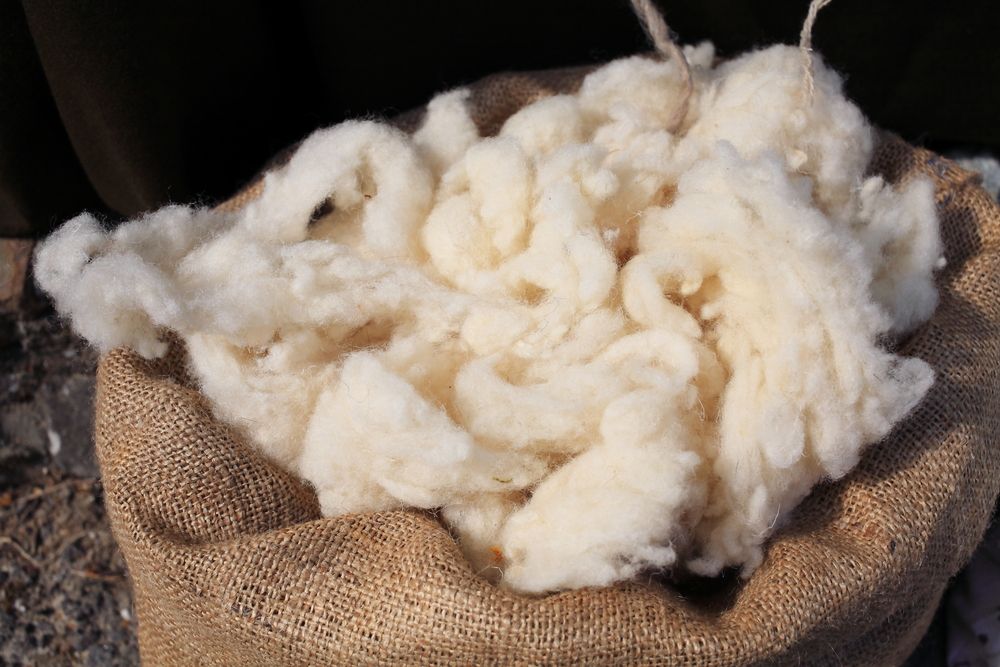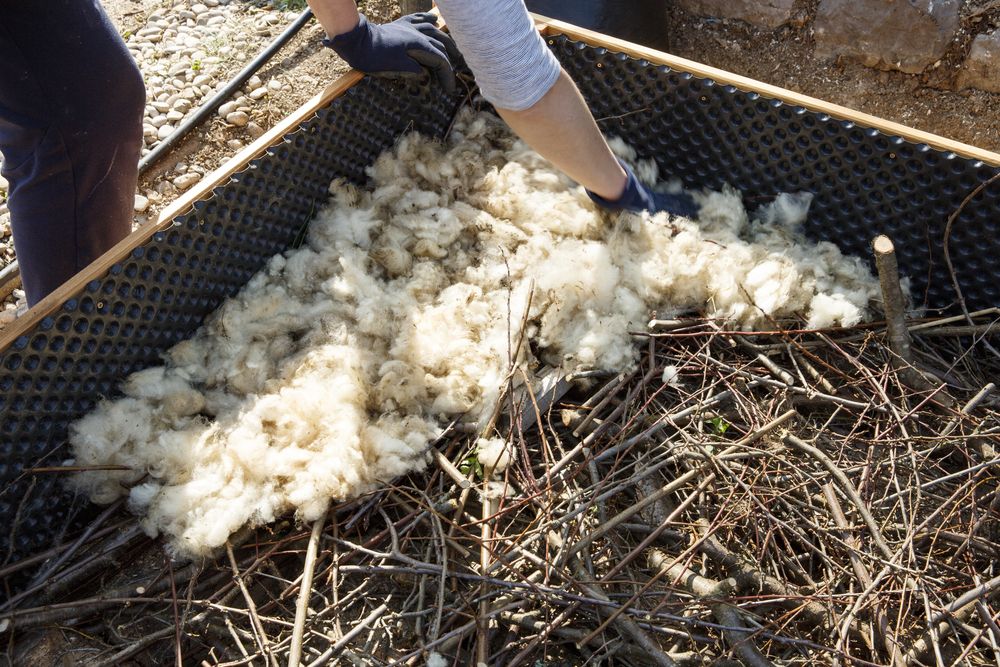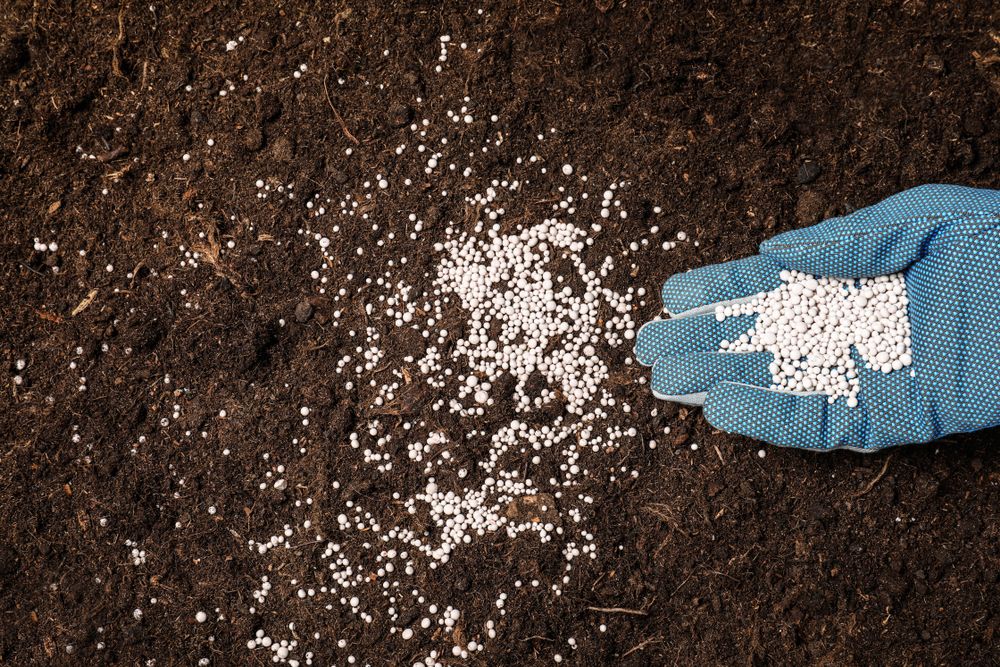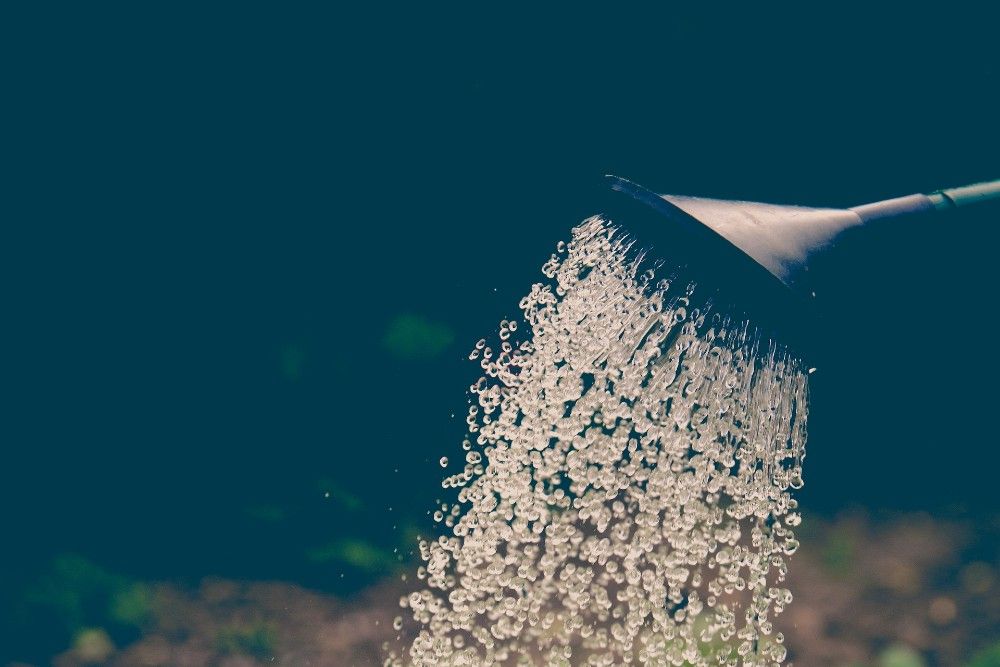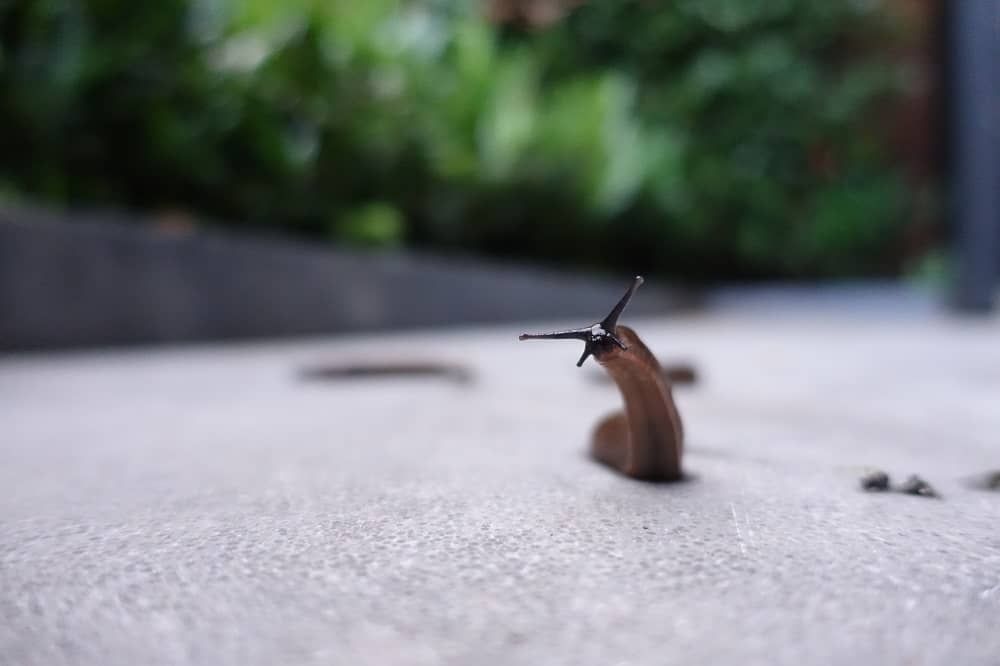Creating an outdoor oasis doesn’t have to be complicated or expensive. If you enjoy spending time outside, use sustainable materials to enhance your enjoyment while respecting the environment. One of the natural methods you can turn to is wool in your garden. From deterring pests to mulching over soil beds, discover how using wool in your backyard can benefit your outdoor space. Here are five reasons this natural fabric makes an ideal gardening companion.
What Is Wool Waste?
Image credits: francesco de marco via Shutterstock
Wool waste is the residue that remains after turning raw wool into its various forms. It can include sheep shearing waste, carpet disposal pieces resulting from old carpets, and even textile industry scraps. Sometimes, it also refers to very coarse wool that factories cannot process further.
Though it may seem like nothing more than a nuisance, this type of "waste" has great potential for reuse and repurposing. Not only is wool biodegradable and thus not damaging to landfills or the environment, but when recycled back into the earth as fertilizer, it adds beneficial nitrogen and sulfur. Better yet, it helps support sustainable agricultural practices.
Reasons to Use Wool in Your Garden
Natural Mulch
Image credits: zlikovec via Shutterstock
If you’re looking for a sustainable solution to mulching your garden, consider using wool. It is a natural, biodegradable material that provides the same benefits as straw and plastic paper without environmental drawbacks.
Not only does it retain moisture and keep weeds from sprouting, but it also acts as insulation for your plants, keeping them warm in winter and cool in summer. Plus, once it has served its purpose, the wool will break down into the earth with no harm done.
Fertilizer
Image credits: New Africa via Shutterstock
Using sheep’s wool as fertilizer is an excellent option to give your garden much-needed nutrients. Thanks to that, your plants will get the nutrition they need to thrive, while you'll be saving money and protecting the environment.
With an average of 9.3 to 14 percent nitrogen content, sheep’s wool fertilizer can provide a significant nutritional benefit compared to compost (1 to 2 percent) or poultry manure fertilizer (4.5 percent).
Water Retention
Image credits: Markus Spiske via Pexels
Wool is also a perfect garden material since it has super absorbent qualities that make it great for water retention. It can hold up to 20 to 30 times its weight in water, meaning you won’t have to worry about overwatering your plants. And because it slowly releases that water when needed, your plants will always have access to the moisture they require.
Using wool as a water retention material is an easy and effective way to ensure your plants stay hydrated without using too much of those precious resources. Mix some wool pellets into your soil, and you’ll be able to go seven days without watering your plants.
Pest Control
Image credits: Alain Snel via Unsplash
Did you know that wool can help keep pests away from your garden? It's a natural way to protect plants from slugs and possibly aphids.
Wool might feel soft and cozy to people, but its scales are quite barbed, making it an unappealing surface for slugs to crawl over. When it breaks down as fertilizer, it helps strengthen the plant’s defenses against disease and pest invasions.
Cost Efficient
Image credits: Rachel Claire via Pexels
Sheep’s belly wool referred to as "waste wool," makes up around 20 percent of the total fleece. It usually goes for five cents a pound making it a cost-efficient resource for those looking to make their gardens eco-friendlier and wanting to keep their budgets tight.
Wool is an affordable choice compared to other materials like plastic or Styrofoam. Plus, it’s highly durable and can last awhile with proper maintenance and care -- The wool will completely decompose in about six months.
Wool You Try This Method?
Wool is a great option for gardeners of all skill levels. It’s affordable, effective, and easy to use. So, why not try it if you’re doing some landscaping this season? You might just find that this amazing product is the perfect material to help keep your garden in tip-top shape.
Whether you’re fertilizing your plants or protecting them from pests, wool really can do it all! Plus, you can’t beat how natural and sustainable it is!
Share this article with your fellow gardeners! They can benefit from the properties of wool and start taking their gardening game to the next level! And don’t forget to leave a comment below with your tips and tricks for using wool in your garden!


